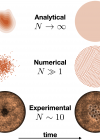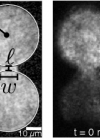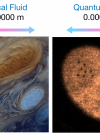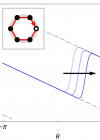Prof. Matthew Davis
Chief Investigator, Professor
Dr Matthew Davis' research interests are in the area of the quantum behaviour of ultra-cold gases and Bose-Einstein Condensation. He did his undergraduate studies in physics at the University of Otago in Dunedin, New Zealand, before completing his PhD at the University of Oxford in 2001 under the supervision of Professor Keith Burnett. His chief research interests are methods for nonequilibrium dynamics of Bose gases formation of BECs generation of correlations in ultra-cold gases computational physics.




